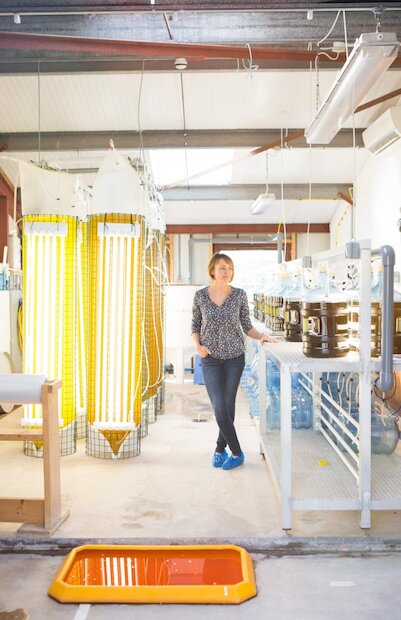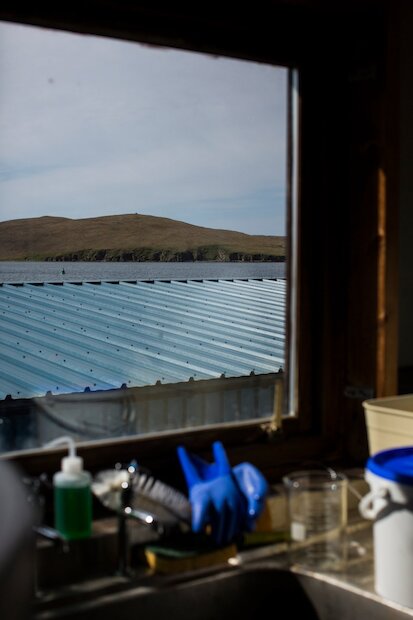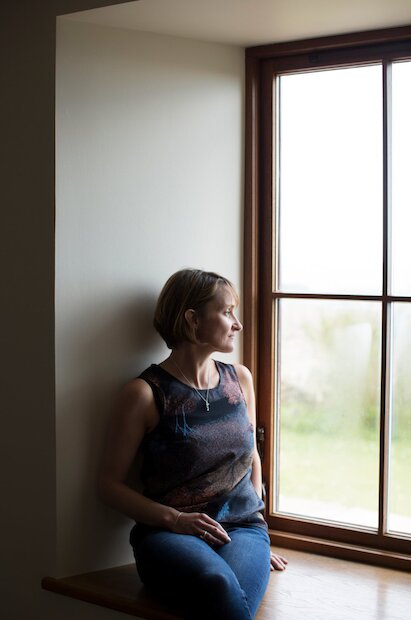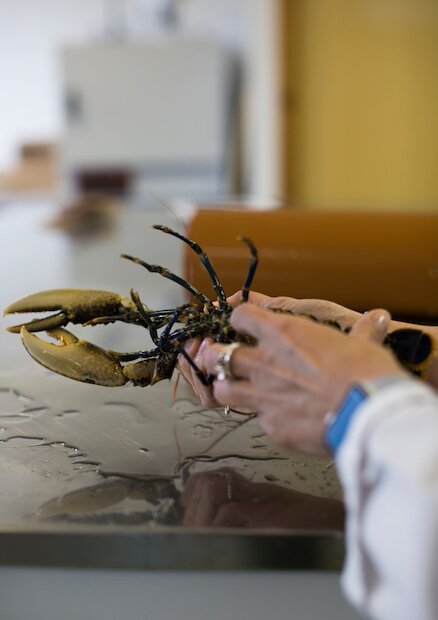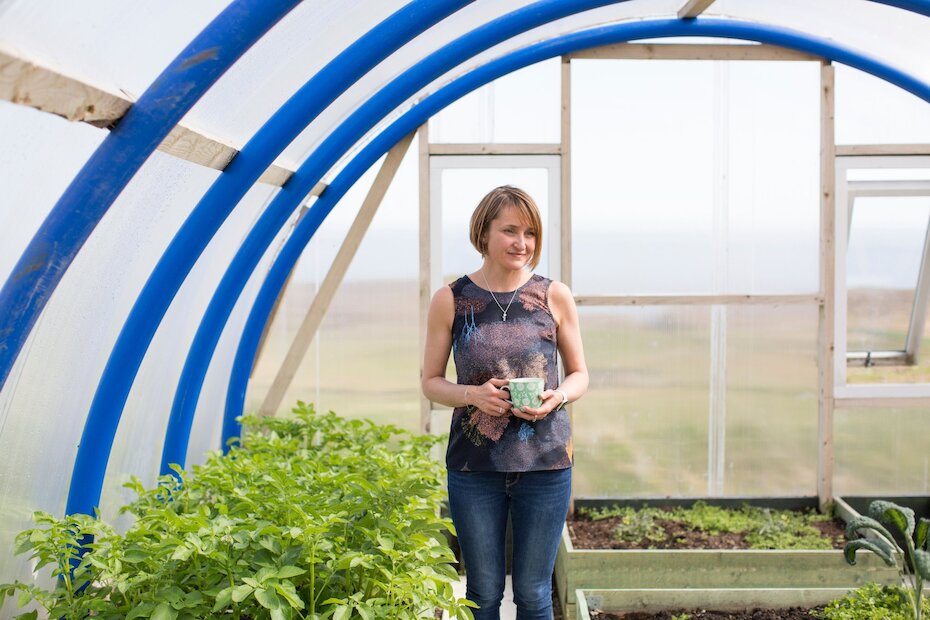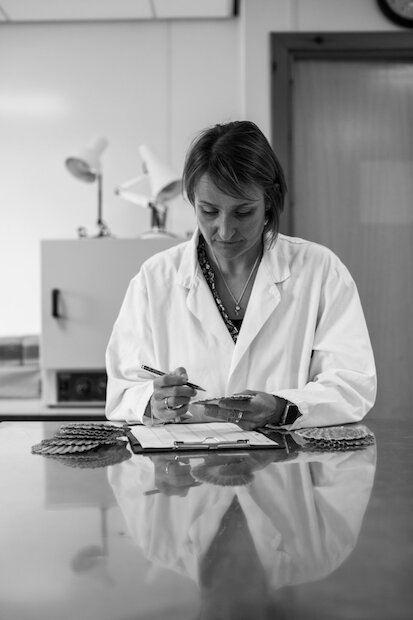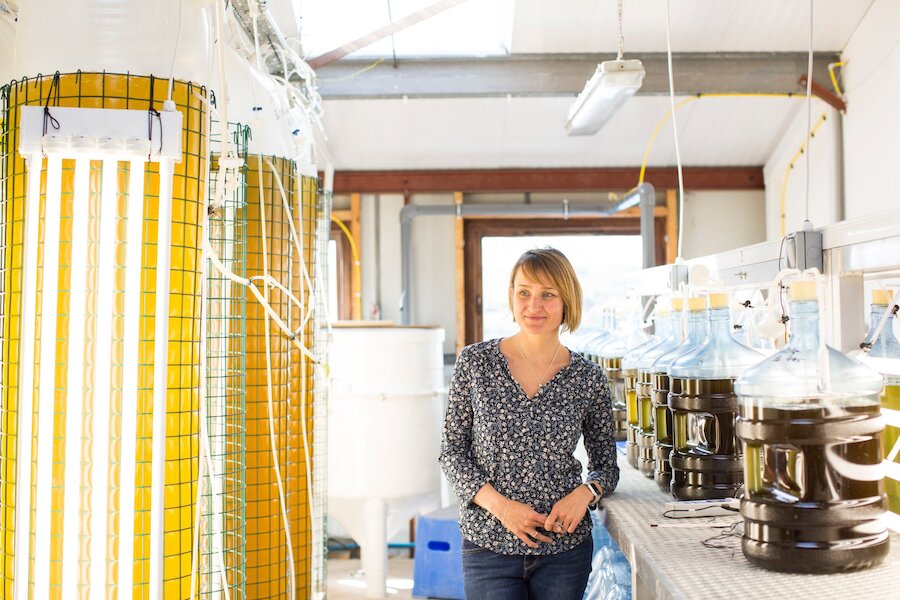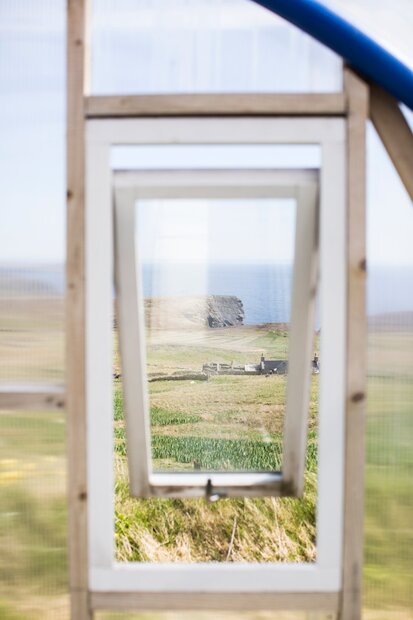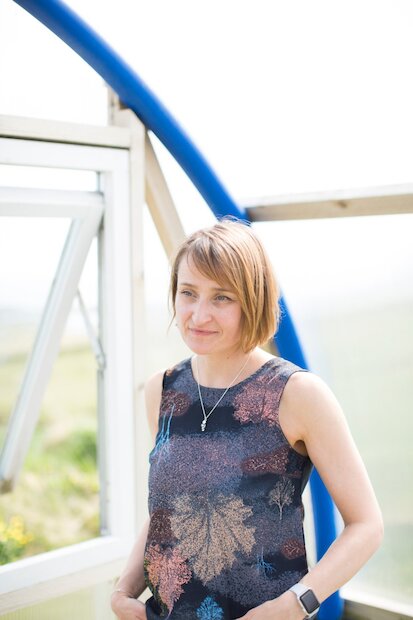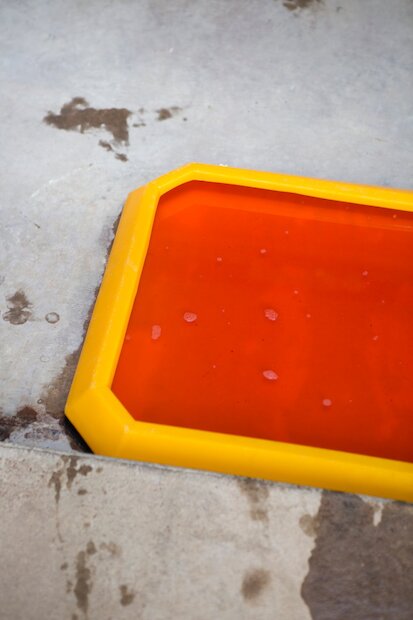NB: This article was written in 2018, and some details have changed.
In Shetland, you’re never more than three miles from the sea. While there’s a certain bleak beauty to the islands’ rolling, windswept interior, the sea is always the star, and it shapes everything: like the ovoid, marbled pebbles on beaches across the islands; or the Tolkien-esque stacks of Dore Holm, hewn by the fierce swells that crash in towards Eshaness, sending great white waves up beyond the top of the lonely lighthouse.
The sea has shaped Shetland culture, too, since long before the Vikings arrived from Norway towards the end of the ninth century. Today, more fish is landed in Shetland than in England, Wales and Northern Ireland combined. Fishing and aquaculture are worth more than GBP300 million to the islands’ economy, more than the North Sea oil whose funds have helped build smooth roads and shiny leisure centres in remote island communities. Shetland’s fishing fleet includes everything from from individuals with tiny boats and lobster creels, right up to the monster pelagic trawlers based on the island of Whalsay, with their onboard gyms and cutting-edge technology, which haul in close to 100,000 tonnes of mackerel and herring each year.
